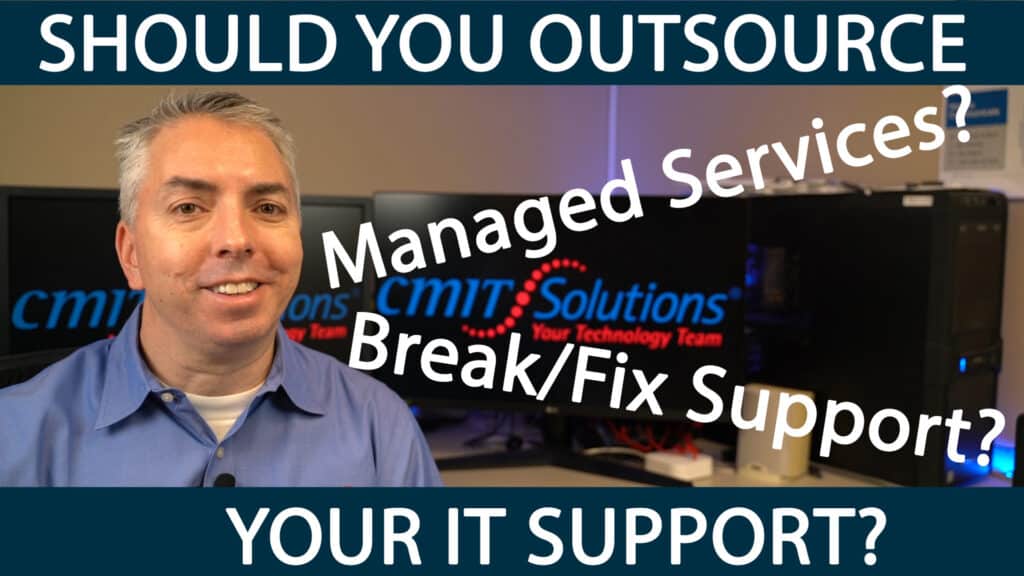For many organizations, the cloud has become synonymous with digital transformation. Yet as adoption grows, so does the question every business leader eventually faces: Is the cloud truly saving us money or just shifting our costs?
Understanding Cloud ROI (Return on Investment) goes beyond counting monthly invoices. It’s about quantifying agility, resilience, innovation, and long-term business impact. This guide demystifies cloud ROI, helping executives measure not just cost savings but real strategic value.
Beyond Cost: Understanding What Cloud ROI Really Means
Cloud ROI isn’t as simple as comparing old IT bills to new subscription fees. It reflects how the cloud enables faster decisions, better scalability, and reduced downtime all of which translate into measurable business outcomes.
True ROI includes:
- Operational efficiency: Reduced time managing servers or patching systems.
- Scalability: The ability to expand instantly during growth periods.
- Business continuity: Fewer outages, better backups, and faster recovery.
- Innovation velocity: New products and services reach market faster.
In essence, cloud ROI measures business enablement how technology investments drive productivity, resilience, and customer experience. That’s why future-proof cloud strategies focus not just on reducing spend but on amplifying value.
The Hidden Costs of Staying On-Premises
Many organizations assume sticking with existing infrastructure is cheaper. In reality, legacy systems often carry hidden costs that erode ROI silently over time.
Common “invisible” costs include:
- Hardware refresh cycles: Servers, storage, and networking gear must be replaced every few years.
- Maintenance labor: IT staff spends valuable hours on patching, upgrades, and repairs.
- Downtime: Outages and performance issues cause lost productivity.
- Limited scalability: Expanding capacity often requires large upfront investments.
By contrast, migrating to managed cloud solutions converts unpredictable expenses into predictable, subscription-based costs simplifying budgeting and freeing capital for innovation.
Direct Financial Benefits of Cloud Adoption
When measured correctly, cloud adoption delivers tangible financial savings across IT and operational categories.
Key savings areas:
- Hardware and energy costs: Eliminated on-prem servers and reduced power usage.
- Software licensing: Consolidated subscriptions instead of scattered perpetual licenses.
- Maintenance and labor: Less manual oversight, fewer emergencies.
- Capacity planning: No overprovisioning “just in case.”
- Disaster recovery: Lower capital costs for secondary data centers.
CMIT’s data backup and recovery services illustrate how cloud redundancy transforms business continuity from an expense into an ROI-positive investment.
The Role of Automation in ROI Acceleration
Automation is the engine behind cloud efficiency. From infrastructure scaling to patch management, automation minimizes human error, cuts downtime, and accelerates deployments.
Automation delivers ROI by:
- Reducing repetitive IT tasks and manual monitoring.
- Accelerating service delivery and updates.
- Lowering incident response times.
- Optimizing resource allocation dynamically.
Organizations implementing cloud automation tools can realize ROI improvements of 30–50% within the first year simply by streamlining management overhead.
Security and Compliance: The Hidden ROI Multipliers
Security isn’t just a cost it’s a return on protection. Breaches, downtime, or data loss can cost millions. Investing in advanced cloud security reduces those risks while building trust and brand equity.
Security ROI factors:
- Reduced breach risk and recovery costs.
- Lower insurance premiums through compliance readiness.
- Fewer audit failures or legal penalties.
CMIT’s multi-layered security approach shows how layered defenses endpoint protection, identity management, and 24/7 monitoring directly protect your financial bottom line.
For regulated industries, ROI also includes compliance stability, supported by audit-ready IT solutions that eliminate costly gaps in governance.
Productivity and Employee Efficiency Gains
Cloud ROI isn’t just about saving IT dollars—it’s about empowering your people to do more with less friction.
Efficiency outcomes:
- Remote and hybrid teams access systems anywhere, anytime.
- Collaboration tools streamline communication and project delivery.
- Self-service portals reduce helpdesk tickets.
- Faster access to analytics and reports supports better decisions.
Modern unified communication platforms ensure seamless productivity across locations, ensuring that performance gains are as visible to the front line as they are to leadership.
Uptime, Reliability, and Business Continuity
Every minute of downtime translates directly into lost revenue. The cloud’s redundancy and disaster recovery capabilities drastically reduce that risk.
ROI-focused continuity strategies include:
- Geo-redundant data replication.
- Automatic failover and snapshot recovery.
- Backup verification and restore testing.
Through proactive network management and real-time monitoring, businesses ensure maximum uptime often achieving availability levels above 99.99%, directly increasing profitability and customer satisfaction.
How to Calculate Total Cost of Ownership (TCO)
To measure ROI accurately, you must first determine Total Cost of Ownership (TCO) for both legacy and cloud environments.
Include in TCO analysis:
- Hardware and infrastructure costs.
- Software licensing and maintenance.
- Power and cooling expenses.
- IT staffing and management time.
- Downtime costs and incident response.
By aligning TCO with strategic goals, businesses using IT procurement best practices avoid overpaying for capacity they don’t need improving both financial predictability and operational control.
The Role of Managed Services in Sustained ROI
Cloud investments reach their full potential only with ongoing management, security, and optimization. Partnering with a Managed IT provider ensures continuous improvement, performance monitoring, and cost control.
Benefits of managed IT in cloud ROI:
- Proactive maintenance and 24/7 monitoring.
- Regular performance optimization.
- Strategic scaling and cost forecasting.
- Compliance and data governance alignment.
By leveraging comprehensive managed IT packages, business leaders can keep cloud environments efficient, compliant, and consistently profitable year after year.
Benchmarking ROI: What Success Looks Like
To ensure continuous improvement, organizations should track ROI using measurable benchmarks.
Cloud ROI benchmarks to monitor:
- IT cost reduction (target 20–40% in first year).
- Improved uptime and recovery time objectives (RTO/RPO).
- Productivity gains from automation and collaboration.
- Security event reduction rates.
- Speed to deploy new products or updates.
These metrics demonstrate how data observability and analytics deliver ongoing optimization insights, ensuring cloud strategies remain aligned with business value.
The Leadership Imperative: From Cost Center to Value Engine
The role of the CIO and business leaders is evolving—from managing costs to driving innovation. Cloud ROI conversations now center around business outcomes, not just IT budgets.
Leadership priorities for 2025 and beyond:
- Treat technology as an investment, not an expense.
- Build cross-functional ROI dashboards linking IT metrics to business KPIs.
- Align financial strategy with IT modernization initiatives.
- Invest in training to maximize workforce adoption.
With reliable IT guidance, organizations can confidently connect ROI metrics to measurable business growth.
Common Mistakes in Cloud ROI Assessment
Even forward-thinking leaders often miscalculate ROI because of a few recurring pitfalls:
- Focusing only on cost savings: Ignoring productivity and innovation benefits.
- Overlooking management costs: Forgetting about governance and monitoring.
- No baseline comparison: Lacking data on pre-cloud performance.
- Not optimizing post-migration: Assuming ROI stops once migration finishes.
- Ignoring downtime avoidance: Underestimating the cost of outages.
Avoiding these mistakes ensures ROI calculations reflect reality, not assumptions.
Maximizing Long-Term Cloud ROI
Cloud value compounds when organizations manage performance proactively.
Long-term ROI strategies include:
- Regular cost reviews and resource optimization.
- Continuous security hardening and compliance tracking.
- Automation adoption for both infrastructure and workflows.
- Employee enablement for smarter technology use.
Combining these with managed IT services keeps operations agile, secure, and cost-efficient ensuring the ROI curve continues to rise over time.
Conclusion: Turning Cloud Spend into Competitive Advantage
The cloud’s true ROI isn’t about spending less it’s about achieving more. By focusing on agility, scalability, and security, businesses transform technology from a cost center into a driver of measurable growth.
Organizations that understand how to quantify these benefits and partner with trusted experts see the clearest path to sustained value.
Cloud adoption is no longer an experiment. It’s the foundation of modern business success and when measured correctly, its ROI speaks for itself.







